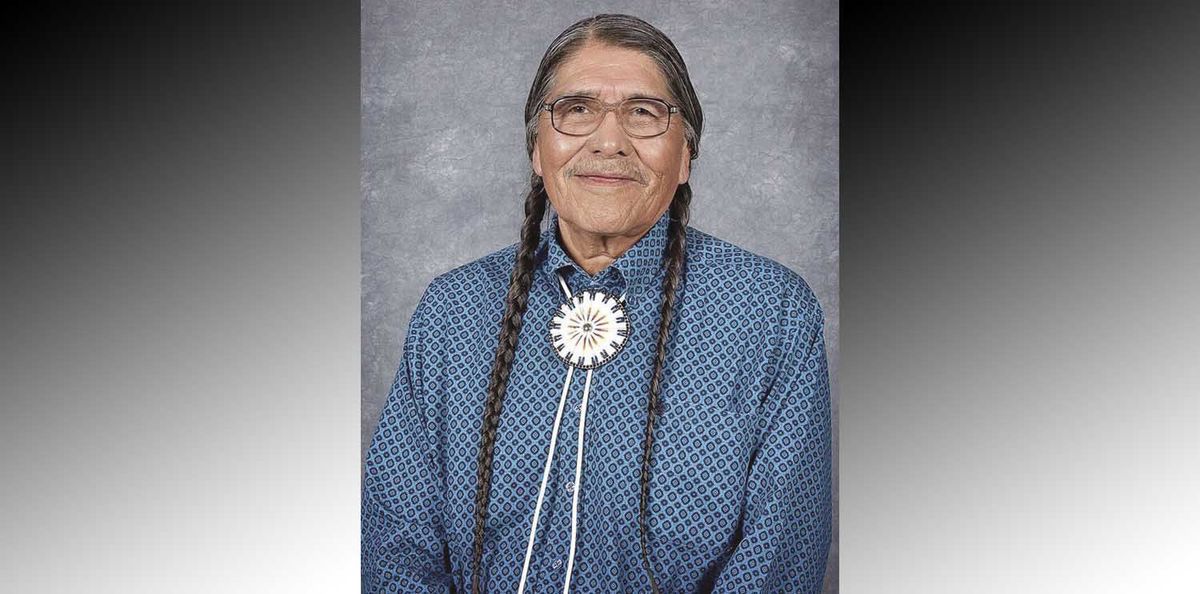Bradenton Preparatory Academy’s Documentary Crew
Category: Home Page
Company ordered to pay Idaho tribes for toxic waste storage

BOISE, Idaho (AP) — An agribusiness company that turned phosphate into fertilizer must pay $1.5 million in permit fees annually to eastern Idaho tribes to store millions of tons of toxic waste on tribal lands, a federal court has ruled.
Continue reading “Company ordered to pay Idaho tribes for toxic waste storage”
Kissingen Spring
At one time the Historic Kissengen Spring discharged up to 20 million gallons of water a day into the Peace River. The spring’s pool was 200 feet in diameter and reached a depth of 17 feet above the spring vent.
Its boil reportedly was so powerful that the strongest swimmer could not reach it. Archaeological evidence shows this area of the Peace River was inhabited by Native Americans who established large villages near the river’s springs. In the late 1800s developers sought to acquire the spring as a resort destination and sanatorium. Although plans for rail lines, trolleys, and boats never were realized to exploit the spring for tourism, a dance floor, dive platform, and bathhouses were built, and thousands of locals and tourists visited over 75 years.
In the 1930s the popular spring was the site of major political rallies. During World War II, it served as a rest and recuperation resort for members of the military based near Bartow. The spring ceased to be a tourist destination after its groundwater was captured for other uses.
The spring vent was plugged in 1962, and it ceased to flow again. Read more here.
To learn more about the destruction of aquifers and running dry, read the USGS research here.
We Believe That
- The Peace River Heartland, a name for the area of central Florida which includes Hardee, DeSoto, Manatee and Charlotte Counties, has a unique, much varied, and valuable character. If this area is to be discovered by future generations, it must be preserved.
- The safety and well-being of the citizens of our area is more important than the profits of the phosphate industry.
- The preservation of native and agricultural lands is of great importance for our well-being, but even more, for the well-being of those who would live here in the future.
- Permanent alteration of our land is not corrected by reclamation or mitigation, as the soils and aquifers are so extremely rearranged.
- What goes into the ground here in the Peace and Myakka River watersheds can potentially end up in our wells or in Charlotte Harbor at the end of the stream.
- Industrial chemicals have no place in our soils with our near surface aquifers.
- We have a responsibility to all future generations to leave our natural environment as intact, rich and varied as we found it, if not better.
- Someone must care. This means that a value beyond money must prevail.
- That profit and preservation can coexist. This is Florida, a land of tourism, and we are part of it.
- The Peace River Heartland, known to the phosphate industry as “Bone Valley“, has a unique natural and agricultural character which has many superior alternatives to phosphate strip mining.
The Peace River Heartland
People for Protecting Peace River encourages all forms of outdoor activities, including recreational fishing and hiking because people need to have fun!
The Canoeing, Kayaking, and Outdoors Capital of Florida
The Hardee County Visioning Report mentioned “blue ways” as a good way to highlight the importance of the Peace River Heartland of Hardee, Desoto, Manatee and Charlotte Counties. In no way is a blue way more important than in providing drinking water, but we believe having the support of people who love the river for recreation is just as important.
People living and visiting on vacation love spending their day in their kayaks. As the you get to experience the Peace River outdoors related water sports, you’ll know why we see more new small business opening such as kayak shops, cafes, and more.
